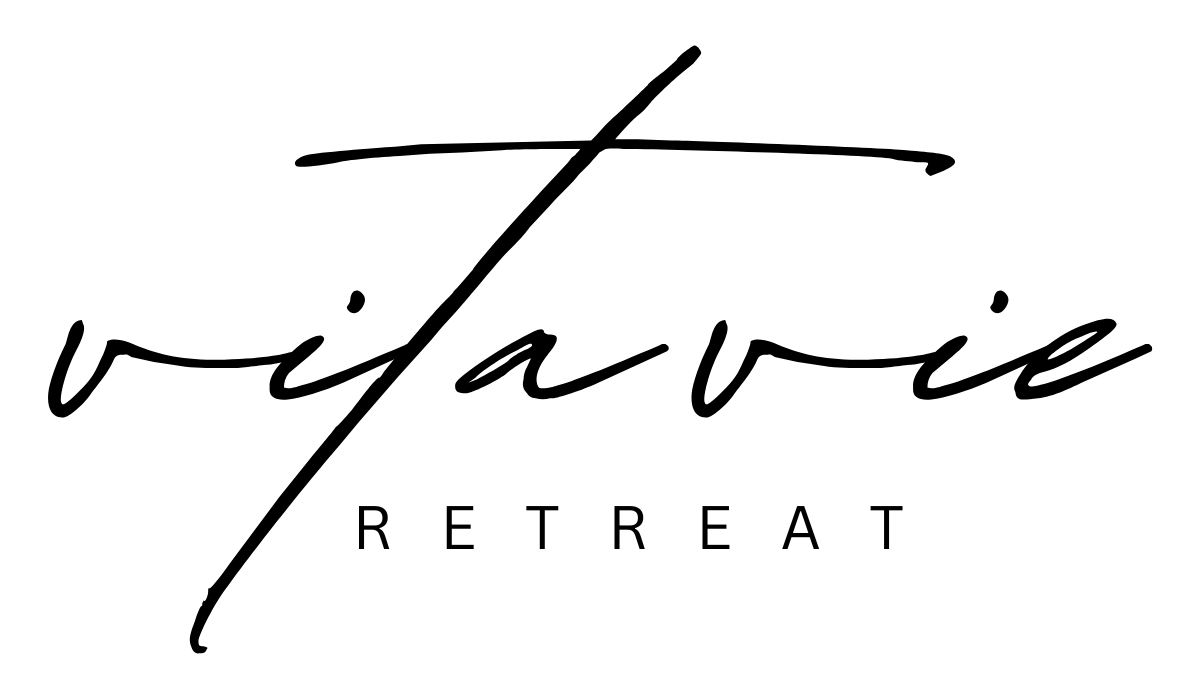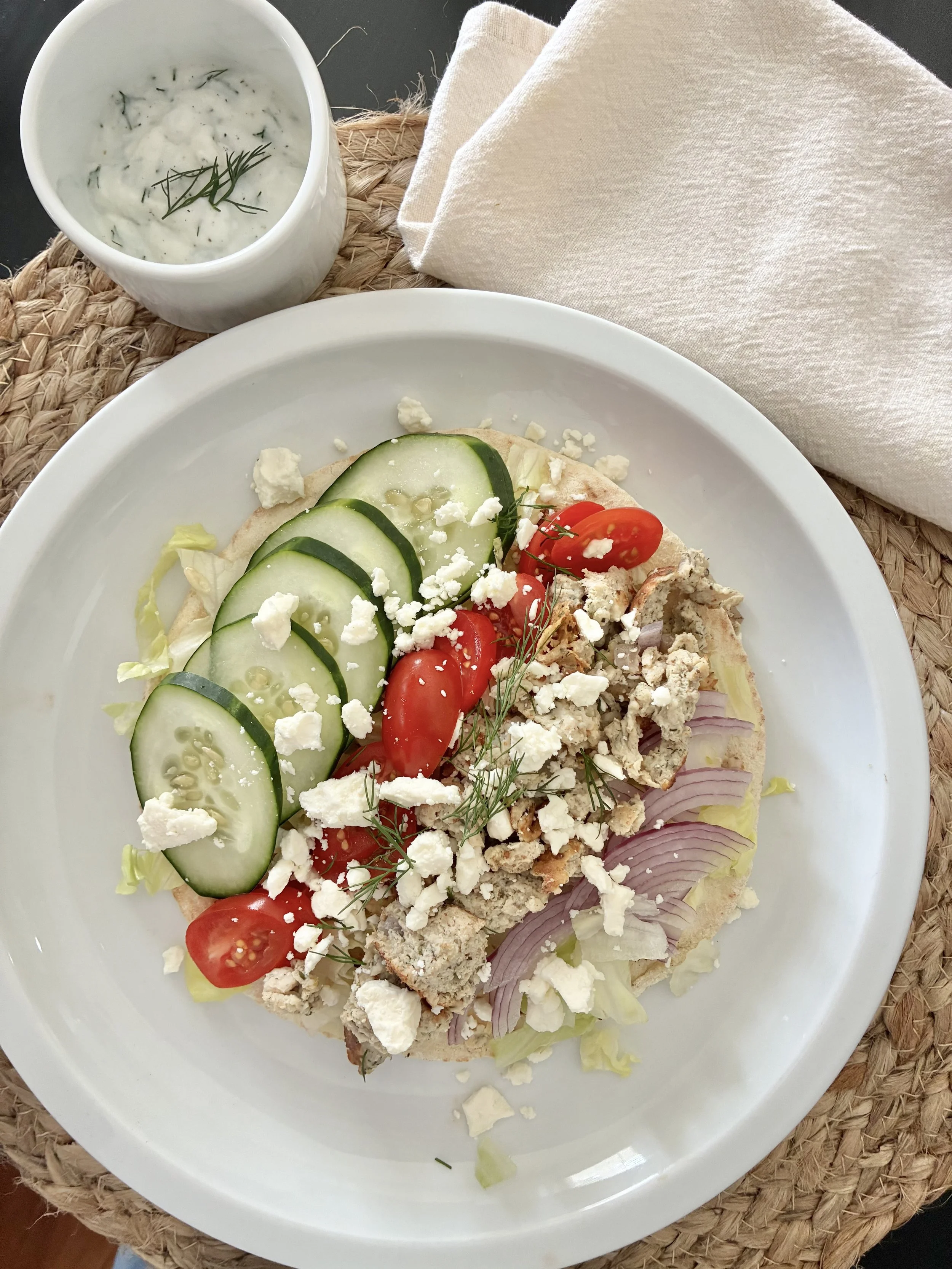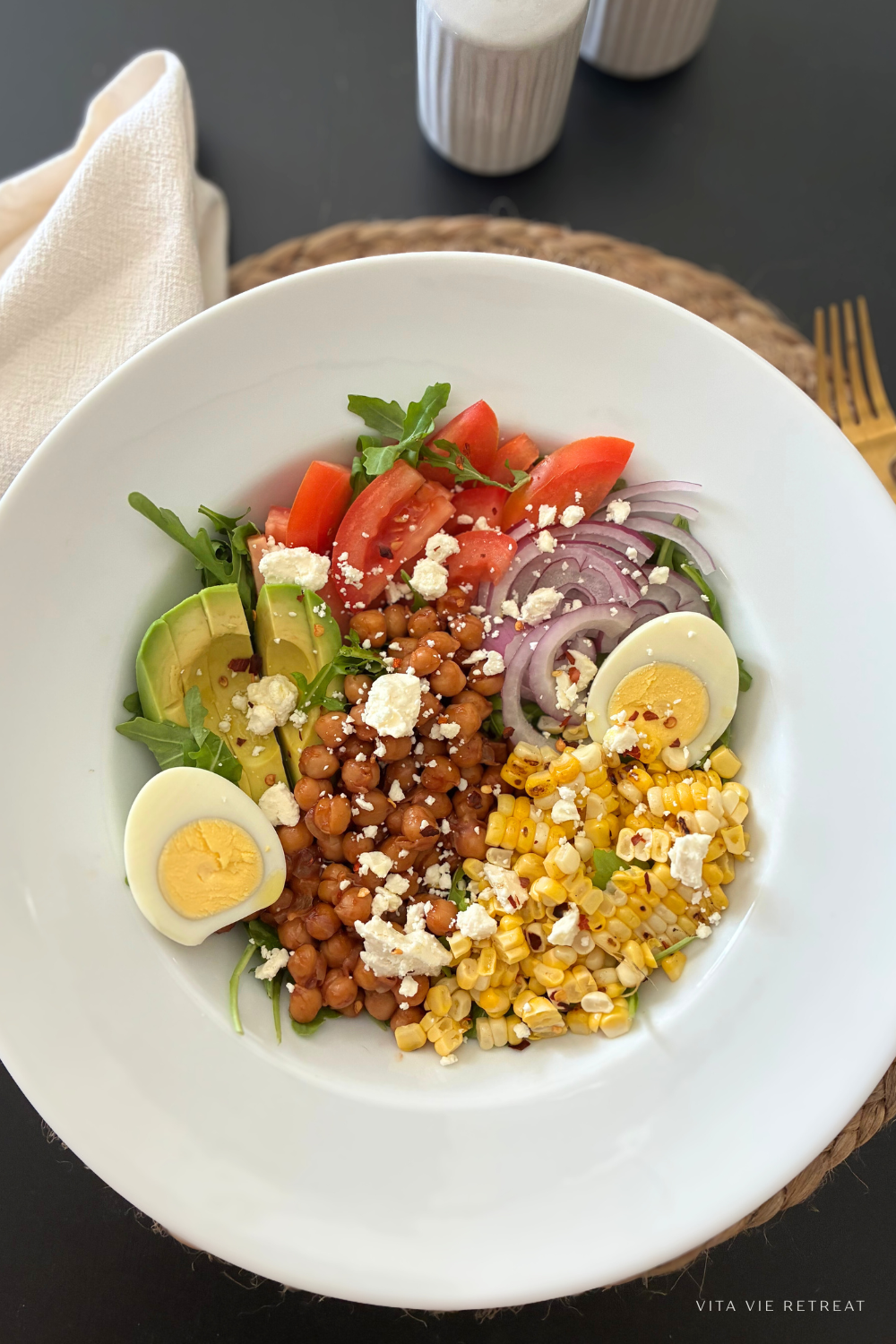MINDFUL EATING STRATEGIES
/Diving into Mindful Eating
Every person is different when it comes to their eating style. Many are trackers (log food through a journal or app) and some would prefer a less rigid approach that includes listening to their bodies.
At our fitness retreat, we encourage guests to explore which type of eating works for their own unique circumstances (physiology, psychology, personal preferences, practical circumstances). If you’ve ever wondered what mindful eating or intuitive eating actually is, we’re breaking down a few of the key aspects in the blog post.
In this blog post, you’ll find:
Hunger and how to distinguish between real hunger vs a craving
Appetite awareness and what that should actually feel like
Mindful eating tips
Mindful eating journal prompts for reflection
→ Food is one piece. Understanding your body is what creates change.
HUNGER
Have you ever stopped to think about your hunger and how it dictates what, when and how you eat? Letting hunger guide you can be a very intuitive way to understand when you’re actually hungry. To determine that, it’s important to recognize the different types of hunger and how they might impact you.
True Hunger:
Hunger leading up to a meal is a normal feeling.
This type of hunger typically comes on gradually and gets stronger hour by hour as you approach your next meal time.
Often times, this kind of hunger isn’t for anything specific but you feel like you need to eat.
Usually felt in the gut (a physical sensation).
Situational Hunger (and/or cravings):
Often times comes on quickly.
Hunger driven by emotions, boredom or some type of trigger.
Specific foods or categories (salty, sweet, crunchy, comfort food) are often the “go-to” foods.
Usually not a physical sensation and is felt more in the mouth.
Tips To Let Hunger Guide You:
Start to notice and name when you feel when you eat. Are you truly hungry?
Are there any sensations or signs you experience each time you feel hunger? What are they? Do you notice any patterns?
When you feel hunger, stop and slow down — ask yourself if you feel like you’re truly hungry.
How long has it been since your last meal? Keeping track of when you get hungry in relation to your last meal can help guide you.
APPETITE AWARENESS
It can be kind of tough to tune into hunger and fullness at first. If you’re unsure of how to gauge it or want a refresher, below is a helpful timeline. We also use a 1-10 hunger scale to help tune into appetite awareness.
Hunger Scale 1 = not hungry at all, 10 = starving
Just Before Eating: Are you physically hungry? Pause and check-in. Look for signals like a rumbling stomach, lightheadedness, irritability, etc. You want to be around a 7 out of 10 on the hunger scale.
Immediately After Eating: Shoot for about a 2 or 3 out of 10 on the hunger scale. Pause for 15-20 minutes before you eat more. This will give your brain time to catch up. You want to feel satisfied, not stuffed.
One Hour After Finishing: You should still feel physically satisfied with no desire to eat another meal.
Two Hours After Finishing: You may start to feel a little hungry like you could eat something, but the feeling isn’t overwhelming.
Three - Four Hours After Finishing: Check-in. You may be getting a bit hungry, perhaps a 4 to 6 out of 10. If you’re around a 7, eat. Not really hungry yet? That’s OK. Follow your body cues.
Four Or More Hours After Finishing: You’re probably quite hungry like nothing is getting between you and the kitchen. If you’re around a 7 or higher, eat. Not really hungry yet? That’s OK. Keep checking in with your body. You may find you need to act fast once your body decides to be hungry — so be prepared with a healthy and quick option, just in case.
OTHER MINDFUL EATING TIPS
Some thoughts to consider on healthy eating - inside and out.
Chew your food completely with each bite.
To slow down, put your fork down in between bites.
Tune into how your food tastes and feels in your mouth as you chew.
Aim to eat the rainbow.
Healthy eating isn’t one-size-fits-all. We are all wonderfully unique so what works for one person may or may not work for another.
Food is our source of energy for the body but offers so much more in terms of health and wellness. Food is inherently good for us.
Creating a healthy lifestyle means having a balance of the foods that help you feel and function your best AND the foods that you truly enjoy.
Drop the labels. Food is not bad nor good. Food is food. Are there foods that might contribute to better health, energy, and overall wellness more than others? Yes. That being said food is important - no matter what. It is essential for our survival.
Balance is key. Choose nutrient-dense foods most of the time but allow for indulgences.
Get creative in the kitchen. Healthful eating doesn’t have to be boring.
Food, fitness, sleep, and stress management are the building blocks of total wellness.
MINDFUL EATING JOURNAL PROMPT IDEAS
To get you started with mindful eating, it can help to slow down and notice what your body is telling you. Here are a few journal prompts that may help along the way:
What I noticed before or after eating: (mood, hunger, energy, digestion, physical sensations):
Breakfast:
Hunger Score:Lunch:
Hunger Score:Dinner:
Hunger Score:Snacks:
Hunger Score:Reflection Questions
Which foods/meals allow me to feel my best?
Which foods/meals give me consistent energy?
Are there any foods/meals that may be problematic (energy dips, digestion, sleep, etc)?
Are there any eating patterns developing that are positive or negative?
Is there anything I want to try or do differently tomorrow?
LOOKING FOR MORE: EXPLORE THESE OPTIONS
Ready to jump into more? Here are a few resources to keep the momentum going:
📌 Related Posts
5 Anti-Inflammatory Meals to Support Your Health and Wellness
5 Blood Sugar Management Hacks to Boost Energy and Balance Your Health
✓ Done-for-You Guides
50 Anti-Inflammatory Meals → done-for-you recipe bundle
The Weight Loss Mindset → a full program where mind + metabolism work together
Say Hello To A Different Approach To Weight Loss
Where mindset and metabolism work together to create change that actually lasts.
Includes:
Metabolism + The Health First Approach to Weight Loss
Mindset Matters + 3-I Framework
Biofeedback & The 4P’s: Customize for Your Body & Your Lifestyle
Mindful Eating: Tools & Strategies
Meal Plans & Recipes (over 650 recipes): Mediterranean, High Protein + Vegetarian Recipes + Meal Plans as well as Gut Health, Brain Health, Sugar Free + More
Mindset & Visualization Tools: Meditation Library for Weight Loss & Wellness, Journal Prompts & Reflections
12 Weeks of Guided Action Steps for Mind + Metabolism - Real change requires practice. You’re set up for success with a guided plan!
Get The Weight Loss Mindset Today!






















